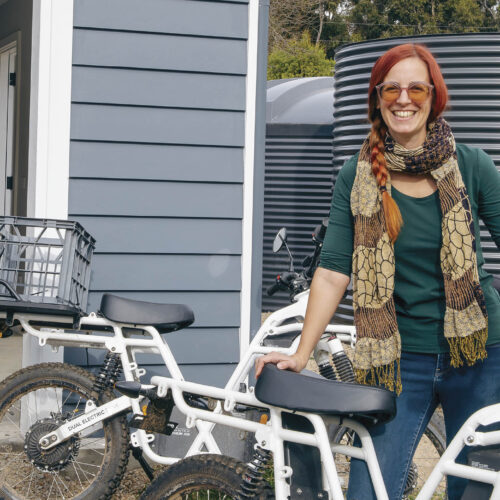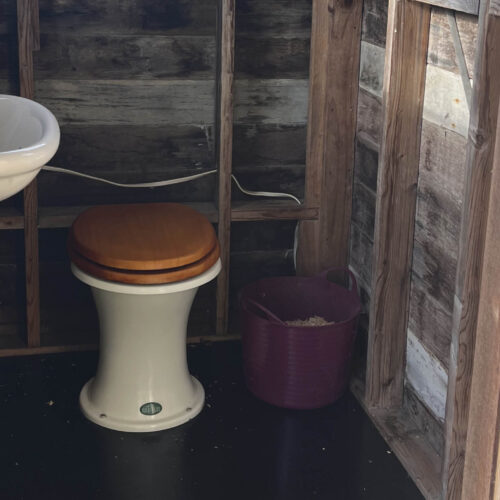Renewable energy breakthroughs
2016-01-25T05:15:36+11:00
Dr. REESE HALTER reveals some of the technological, social and farming breakthroughs that will help reduce greenhouse gas emissions.
Divestment
Divestment from fossil fuel industries is a powerful and growing trend that could hasten the conversion to renewable energy. Leadership across Australia in this has come from
universities such as the Australian National University in Canberra, and in August Newcastle City Council, home to the world’s largest coal port, joined the divestment push. The mayor of Seattle (US), the first city in the world to divest from their carbon income, has applauded the Australian moves.
Solar Uptake
Solar power has come a long way in a short space of time. In 1977 the price of solar per watt was a whopping US$76.67; in 2013 it was 74 cents (US). Solar energy has now reached a point where it has become competitive with all forms of electricity, and it’s getting cheaper, quickly. In 2004, globally we only generated 3.7GW of solar energy. By 2008 it jumped to 16GW, by 2010 it more than doubled to 40GW and by 2012 it reached 100GW. Solar Power Europe predicts we could reach 540GW by 2020 or triple the current solar production.
Australians are certainly doing their part as one in every eight homes has photovoltaic (PV) panels. And earlier this year a Nyngan farm in western NSW opened for business
with its 1.3 million PV panels, which provide power for 32,000 homes, leaving the coal-fired power grid behind. It is the largest solar farm in the southern hemisphere.
Supercritical Steam
In 2014 Australian researchers at CSIRO Newcastle led the renewable energy sector with breakthrough solar thermal supercritical steam. It’s a global game-changer for green power stations, enabling them to utilise supercritical solar steam that pressurises water with enormous force.
Heat from the sun, reflected off a field of heliostats (or mirrors) is concentrated onto a central receiver point to create the steam at these supercritical levels. This phenomenal achievement is likened to breaking the sound barrier (travelling faster than the speed of sound) in 1947. Solar thermal can already almost compete with the peak performance capacities of fossil fuel sources, especially if the latter’s $5.6 trillion annual subsidies were removed and the playing field is levelled.
Solar Batteries
A fast-moving revolution is also just beginning in home solar battery systems that will allow households to store energy and thus remove supply variability – one of the biggest
criticisms of solar. A number of Australian providers are on the cusp of providing these systems with cabinet-sized batteries. Tesla Motors has already grabbed the limelight for its
Powerwall home battery that charges using electricity generated from solar panels or when utility rates are low, and powers the home during the evening. Due here next year, it is based on rechargeable lithium ion batteries and is completely automated. Powerwall’s 10KWh battery has a total capacity of up to 90KWh. Multiple batteries can be installed for higher capacities.
Electric Cars
Zero emission electric cars with the ability to recharge from home batteries translates to an immediate saving of $3000 from the fuel pump and 3.8 tonnes of carbon dioxide into the atmosphere. Since there’s in excess of one billion cars globally – the future is here and carbon-powered cars are the past. Electric cars emit no air pollutants, which is a major boon since air pollutants are known to contribute to the onset of asthma in previously healthy people. These cars are quiet and nimble and, having no gearbox, smooth. Prices are high and infrastructure support limited, but all this will change.Models include the Tesla S and III, Nissan Leaf, BMW i3 and Ford Focus Electric.
Carbon Sequestering
Sydney agronomist Allan Yeomans is on a mission. His book, Priority One: Together We Can Beat Global Warming, lays out a blueprint to draw massive amounts of carbon from the atmosphere into all agricultural soils, globally. It’s an effective and cost-efficient plan that requires adding just 1.6 per cent organic matter – or carbon – into agricultural soils worldwide, thereby creating a tremendous sink, which could draw down atmospheric carbon dioxide from 404 parts per million (ppm) to 300ppm. Cities also have an important role to play in this equation. It starts with ‘depaving’ them. That is, removing pavement and allowing soils to breathe, heal and grow beefriendly, food-bearing plants. By removing heat-trapping, impermeable bitumen and concrete surfaces, it lowers temperatures by as much as 4°C, and during prolonged heatwaves – the new normal – by 8°C. It’s easy, revitalising and a necessity to mitigate the climate crisis.






